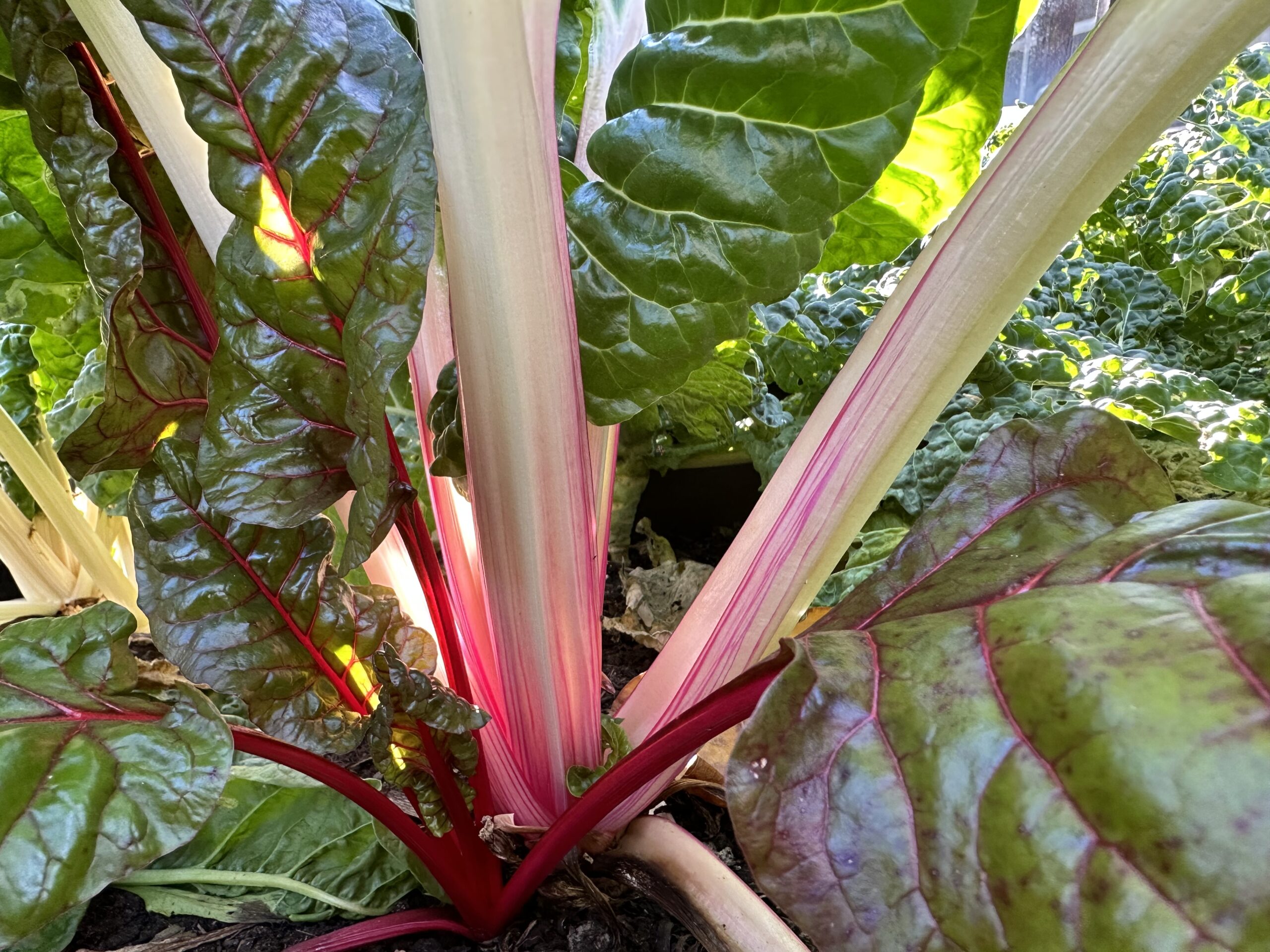
Finding Food Security in Your Garden
By Maria Rodale
Sign up for our monthly newsletter!
It was a warm and misty late autumn morning, and I went out to my garden to admire my Dahlias. As I picked some for a bouquet, I wondered if they were edible. While out there I saw some gorgeous Swiss chard that was thriving in my raised bed (high enough to avoid the hungry munching of the rabbits). And there was some beautiful sage covered with dew that invited me to pick some. Within minutes I was eating a delicious breakfast of chard, garlic, cannellini beans, and olive oil with some crispy sage on top. As I ate, I looked up
whether Dahlias were edible. Yes. Yes, they are.
In fact, Dahlias were an Aztec plant from Mexico and Guatemala known for their edible tubers, flowers, and stems filled with water, which started out being considered a “weed.” With a little more “digging” online, I discovered my local garden expert William Woys Weaver was actually breeding Dahlias just for eating. But this story isn’t about which Dahlias to eat or not eat, it’s about the calm confidence that comes from growing things and learning about nature, knowing that come what may in these crazy times, there will be something to eat somewhere.
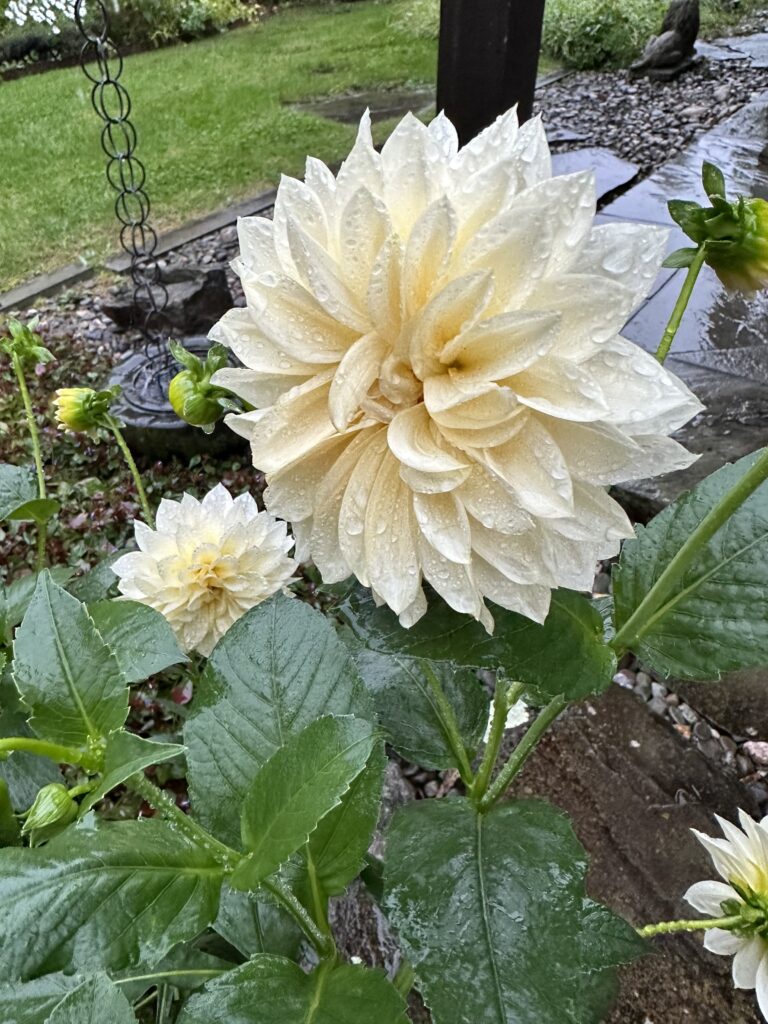
As a gardener and cook for my whole life, I’ve seen a lot of food crazes come and go. I love a gourmet dining experience with the unusual and rare delights as much as anyone. However, with climate change increasing the risks of chaos, wars increasing the risk of travel, and political and cultural conflicts increasing the risk of homegrown terrorism, it’s a huge relief to know that not only do I have a garden that grows food, but I am surrounded by wild
things that are also edible and nutritious. The secret to food security is not to be found in following the latest crazes or having a basement filled with cans but in understanding and befriending nature. And then doing the work to preserve and learn to harvest and store
what nature provides.
Here are five ways to work with nature to grow and forage food:
- Never ever, EVER, spray or use chemicals. It is completely not necessary and only damages the soil, the plants, your body, the water, and the wildness. In fact, William Woys Weaver says if you are going to eat a Dahlia tuber, don’t eat the ones you buy in the garden store because they are filled with toxins. Grow them in organic soil for at least a year or three. Nature does not need chemicals to grow and the weeds you think you are killing with chemicals are actually your best friend when it comes to eating. Besides, chemicals take tons of fossil fuels to produce, transport, market, and dispose of the ugly plastic bottles. Don’t waste your money or the earth’s resources on that toxic stuff.
- Stop thinking of wild plants as weeds. Dandelions? Delicious and nutritious! Mugwort? Medicinal, edible, and sacred. Get to know the wild things growing around you. Use apps like Plant Finder to figure out what you can eat or not eat. Follow people like Alexis Nicole (@blackforager) on the socials to discover all sorts of magical concoctions surrounding you. Nature knows what it’s doing. But it’s up to you to learn the language, observe, learn, and listen. In my woods, for instance, there are nuts everywhere. And I’m not just talking about me. I think all plants need each other. Since I stopped pulling weeds in my flower beds, my roses have DOUBLED in size! Everything and everyone seems happier. We all need communities to thrive.
- Use edible plants in your landscape. That sage I ate for breakfast? It’s planted all over my garden as a perennial ornamental. I use it to make my own smudge sticks too. Don’t “deadhead” your roses, use the hips to make tea. I have a patch of ramps in a spot where they are happy to grow and spread. And did you know that “fiddleheads” the edible Maine delicacy, is just the tight curl of the Ostrich Fern before it unfurls? Yup, edible. Plant real fruit trees and berry patches. Bushes like Serviceberries don’t just feed the birds, but the berries can feed you too. They also provide beautiful fall color and spring blooms.
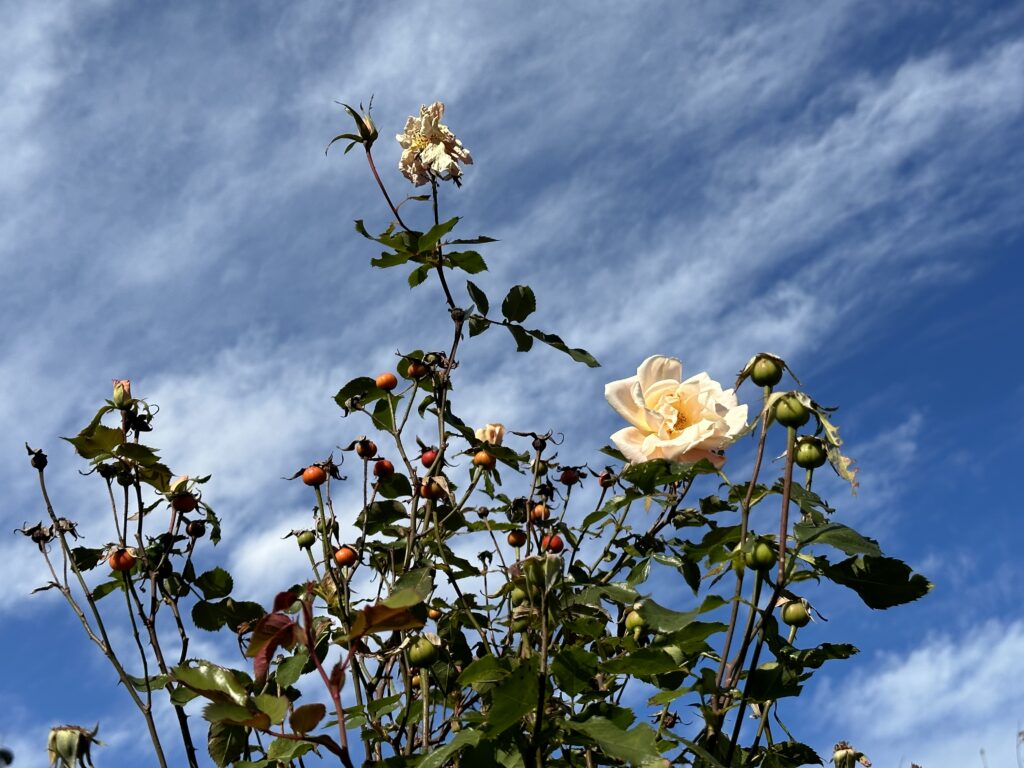
- Plant a garden of any size. Pots work just as well as garden beds when it comes to growing things. Vegetables, herbs, and fruits (did you know the tomato is a fruit?) are cheap, easy, and abundant. One zucchini seed stuck right into the soil can
produce fifty pounds of zucchini! A few basil plants can produce a whole winter’s worth of pesto. Experiment. Plant what you like to eat. Don’t fret if something doesn’t work out or gets eaten by bugs. Use it as a learning experience to understand how nature works. You will make mistakes. But you will also have some success. That’s what being a gardener is all about. - Learn to preserve. You can dry, ferment, freeze, or can. I personally love to freeze things in reusable glass jars. But I’ve made fermented pickles and I dry my hot peppers and herbs for tea. One lemon verbena plant grown in a pot can make a
whole year’s worth of tea just by harvesting it, hanging it upside down for a few days, and then putting the dried leaves in a jar. Follow your tastes and passions to preserve what you love to eat. Right now, I’ve got a freezer full of tomato sauce,
pesto, sour cherries, black raspberries, apple sauce, pepper, and…zucchini! I also have garlic and potatoes stored in baskets in my pantry.
At the end of the day the world is not going to end. And I am hopeful that we will learn how to take care of each other and the earth without destroying it. But what can start out as a fear of wanting to prepare for disasters, can turn into a love of gardening, foraging, and
most importantly a love of nature.
Maria Rodale is an explorer of nature and an award-winning activist in its behalf. She is the author of many books including a children’s book series and remains active in the Rodale institute. Subscribe to her Substack Newsletter: Life. Unfiltered.
Plantings
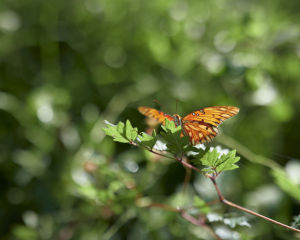
The Ecological Impact and Potential of the American Lawn
By Jake Eshelman
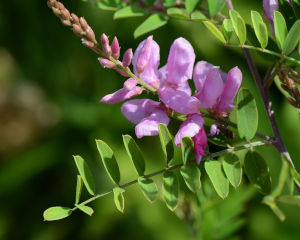
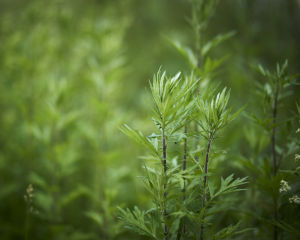
Viriditas: Musings on Magical Plants: Artemisia vulgaris
By Margaux Crump
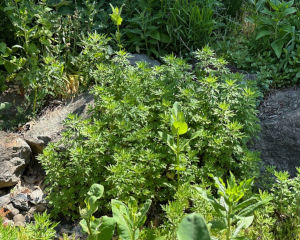
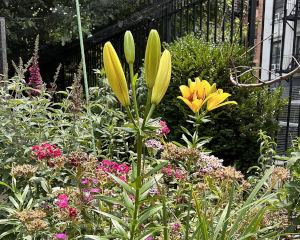
Green Oases:
NYC’s Community Gardens
By Olivia Mermagen
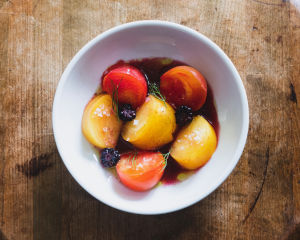
Eat More Plants Recipes:
Heirloom Tomato with Fermented Blackberries and Roasted Kale Stem Oil
By Tessa Liebman
A limited number of signed copies of Love Nature Magic by Maria Rodale are available in our store.
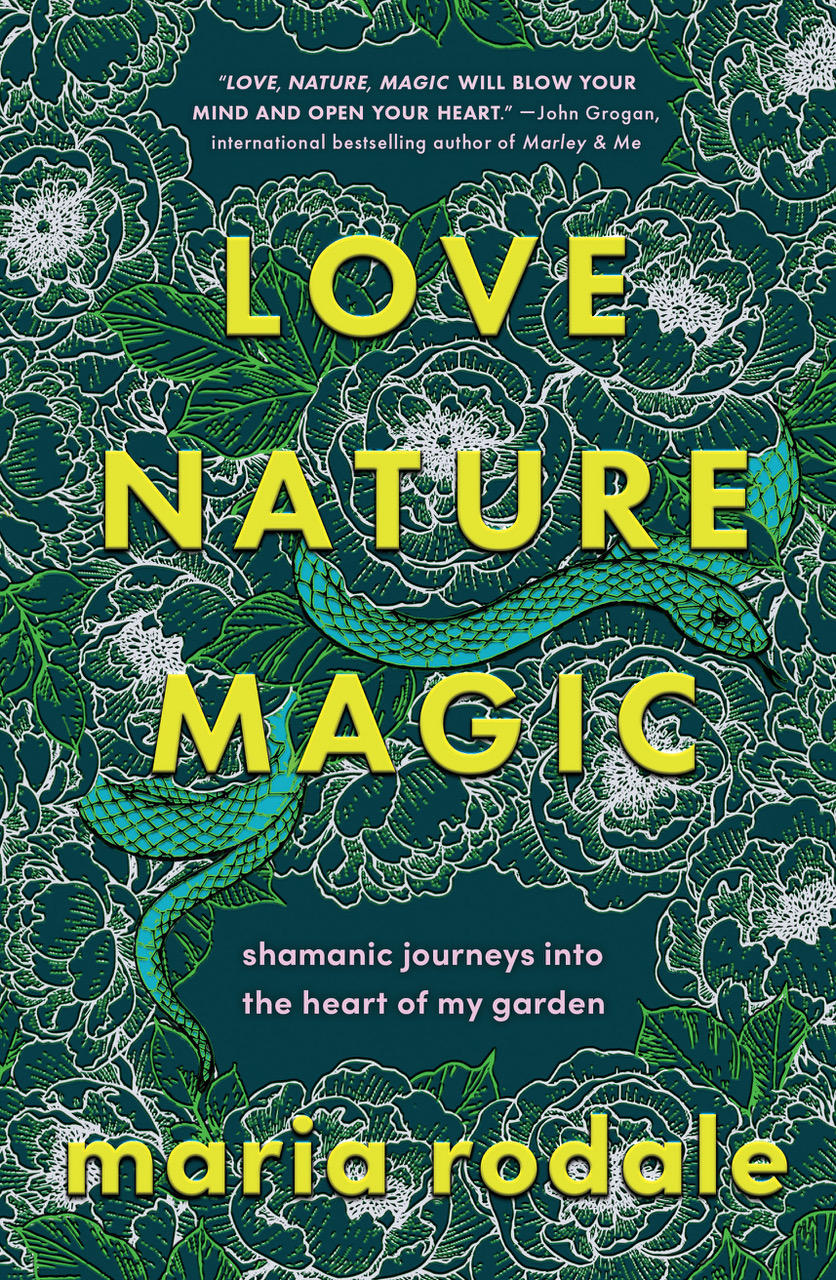
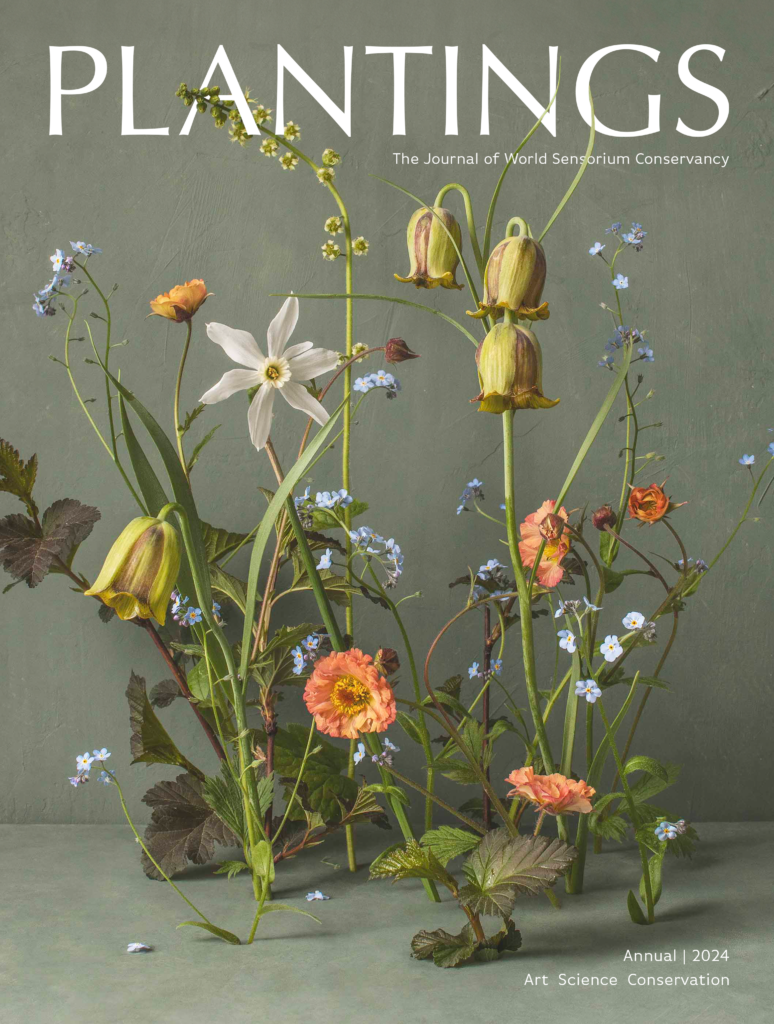
Plantings Print Annual 2024
Do you have the 2024 Plantings print annual?
Plantings cultivates innovative ideas and fresh perspectives, nurturing the global conservation community. Our readers find inspiration in forward-thinking individuals and approaches dedicated to fostering a better life for the planet and all its inhabitants.
The 2024 edition of Plantings is available in our store for shipping.


